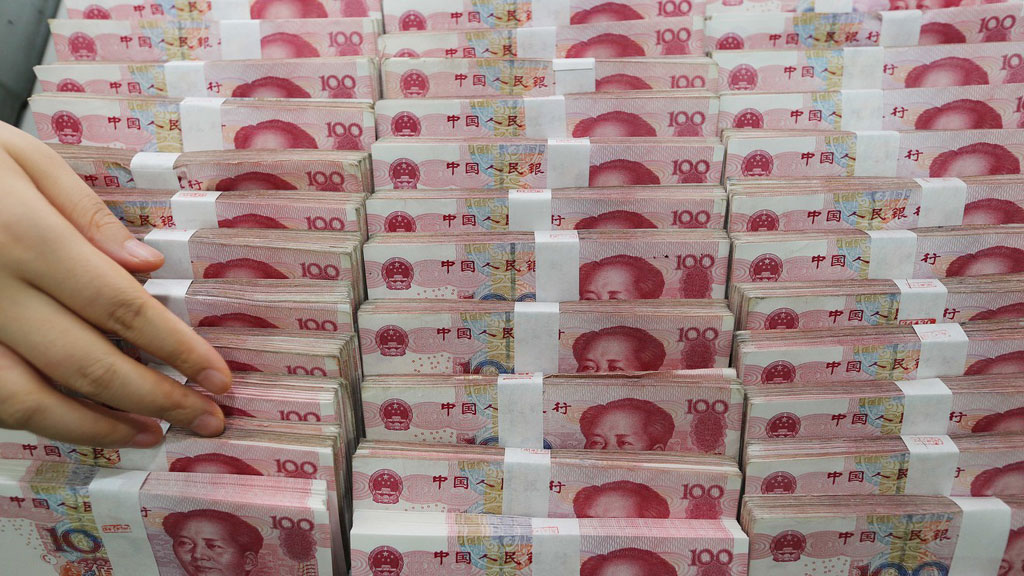 Most Asian currencies regained some of their footing on Tuesday, as signs Beijing is keen to stem the yuan's slide soothed markets unnerved by the Trump administration's labelling of China as a currency manipulator.
Most Asian currencies regained some of their footing on Tuesday, as signs Beijing is keen to stem the yuan's slide soothed markets unnerved by the Trump administration's labelling of China as a currency manipulator.
People's Bank of China's firmer-than-expected yuan fixing helped pull the currency from the lows it touched on Monday, but it still held beyond the 7-per-dollar level that it broke for the first time since the global financial crisis.
The yuan was roughly flat on the day at 7.047 per dollar.
The fixing comes after the United States labelled China a currency manipulator for the first time since 1994, dramatically escalating the trade conflict between the world's two biggest economies.
Finiancial markets had already taken a battering following U.S. President Donald Trump's vow last week to impose a 10% tariff on $300 billion of Chinese imports from September 1.
"It seems that some market participants were expecting the fix today to be even higher, so the actual result is 'less unsupportive' than some had imagined," ING's Chief Economist Asia-Pafic Robert Carnell said in a note.
The opening of a new and dangerous front in the Sino-U.S. trade hostilities sent currencies across the region into a tailspin on Monday. Many of the trade-reliant and worst affected of these currencies, however, managed to bounce on Tuesday.
South Korea's won strengthened 0.2% to 1,213, while Taiwan's dollar also advanced as much.
"There seems to be some reversal even though it's not a full reverse yet," said Fiona Lim, an FX analyst at Maybank, with most currencies in the region taking cues from the PBoC stance.
She said the bounce could be temporary given ongoing trade tensions.
Elsewhere, India's rupee, which slumped to a five-month low on Monday on the back of global cues and domestic tension in a disputed region in the country, advanced 0.2% to 70.62.
Oil prices slid overnight and despite edging higher in Asian-trade, the relative weakness helped prop up the rupee as India is highly dependent on crude imports.
On Wednesday, the Reserve Bank of India is likely to cut rate for a fourth straight meeting in a row, according to a Reuters poll, as growth falters.
The RBI is not alone in easing policy. The broadening global economic fallout of the trade tensions has prompted many central banks, including the U.S. Federal Reserve, to cut rates.
The Thai baht, the region's best performer this year, gained slightly against the dollar, ahead of its own central bank meeting on Wednesday where rates are expected to stay unchanged.






















Comments
Comments are closed.